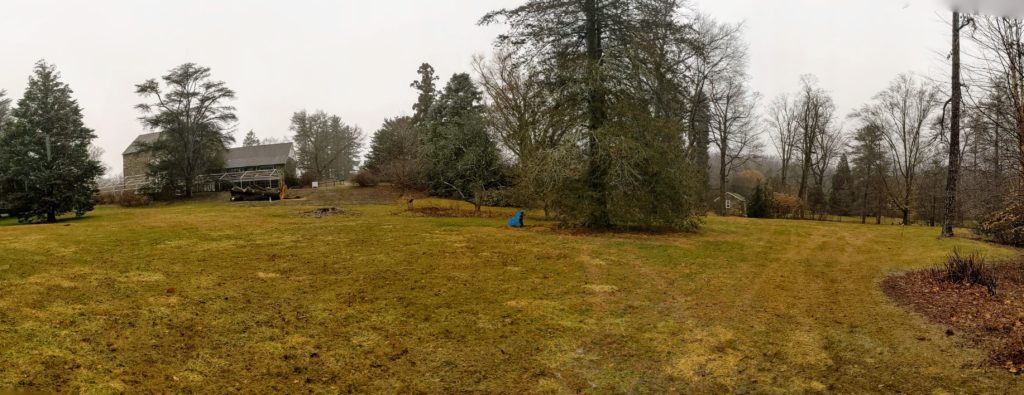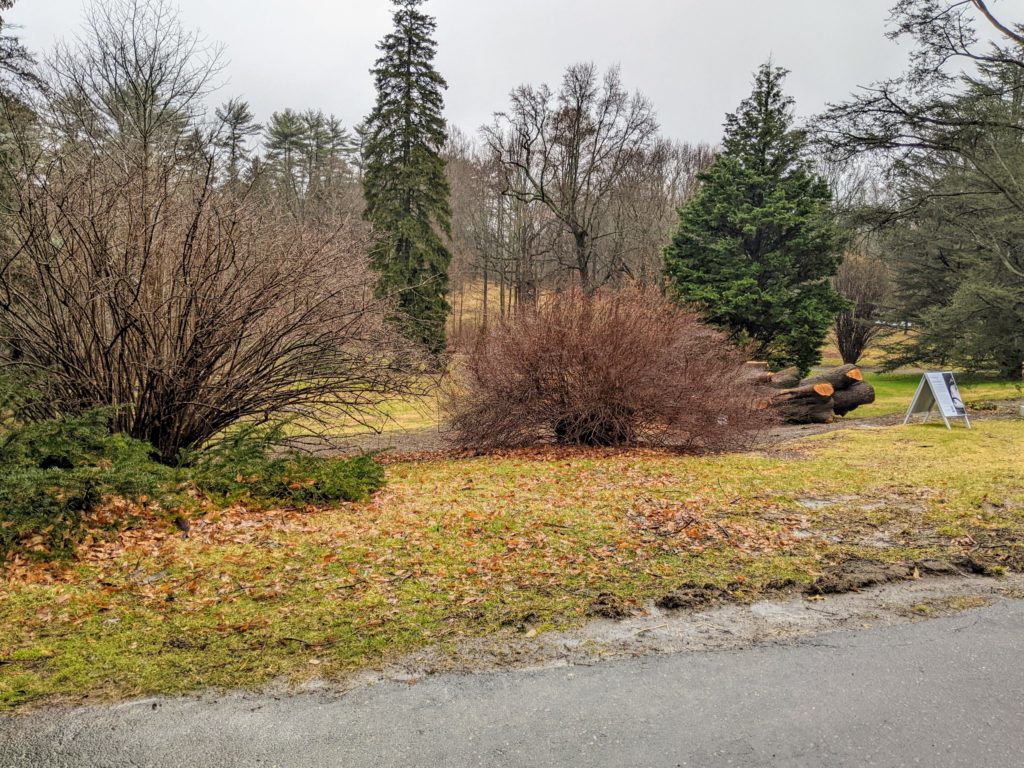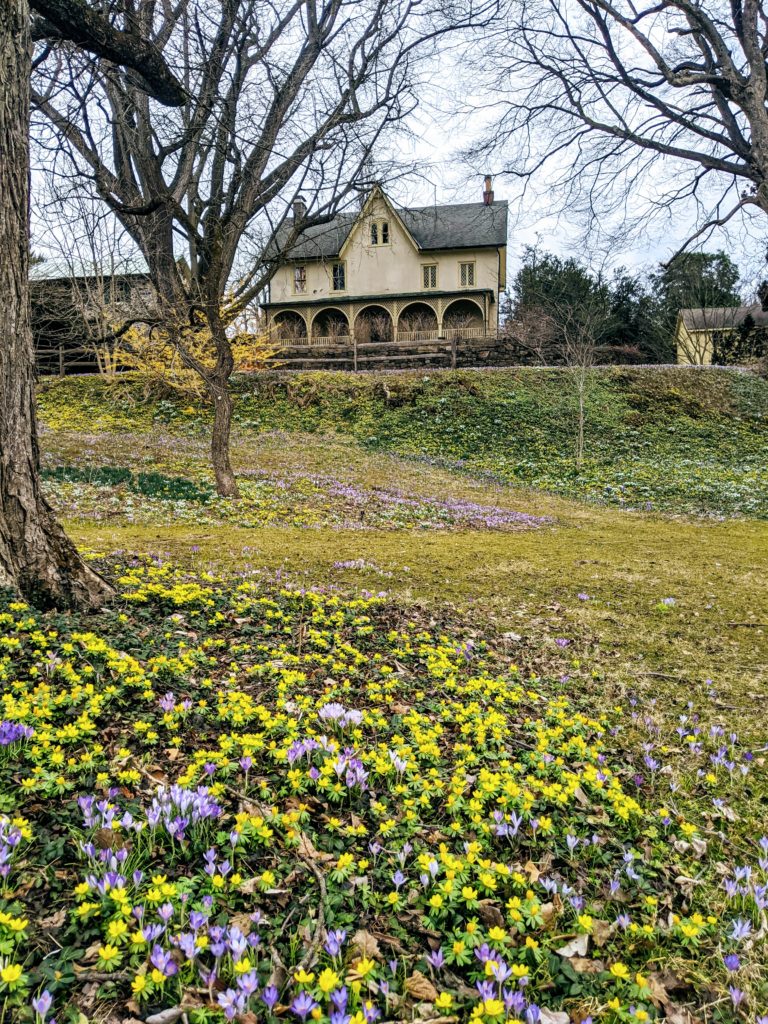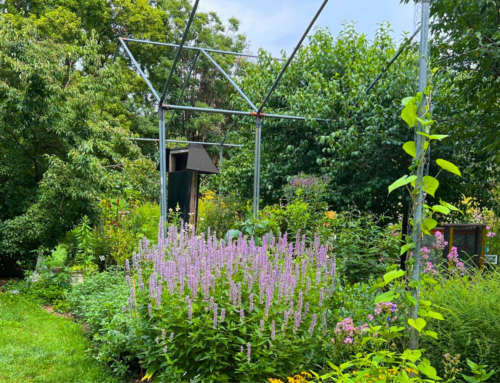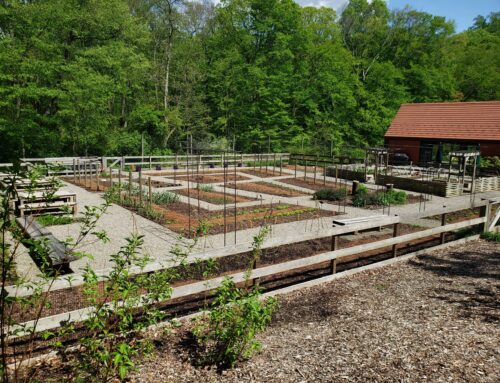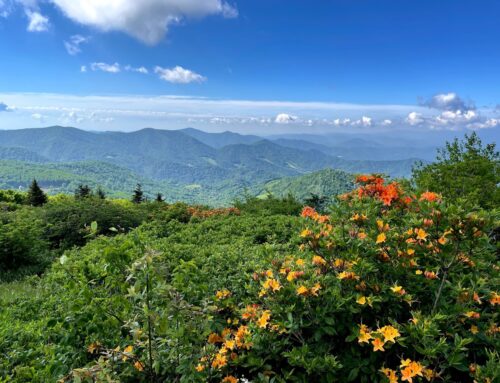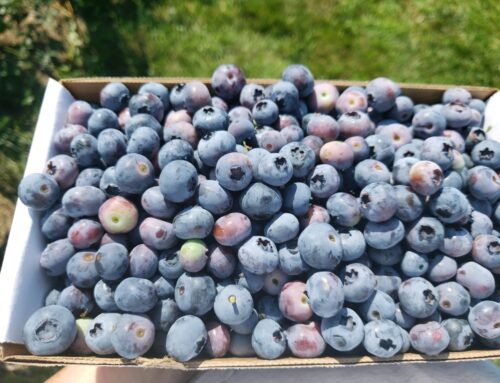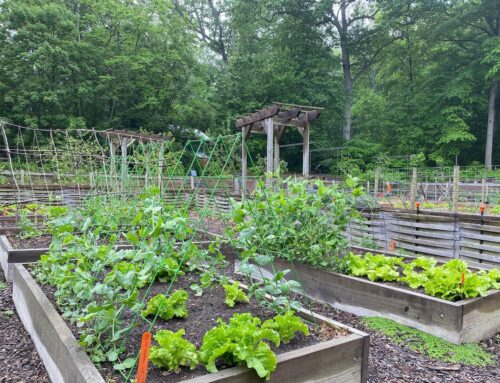Would it be a new garden if it were situated in the same area once utilized by people, by wildlife, and then for many generations, by a single family? The area supported first Native Americans and then settlers who placed cattle there. A pair of brothers planted a tree (one of over 1,800 planted) that stood for over 180 years. I am talking about the area called the Old Arboretum. As you look towards the Barn and Lachford Hall, this area has been slowly renovated to meet the growing needs of visitors and Tyler’s mission to share our rich heritage.
With the passing of our beloved Cedar of Lebanon, we now have an opportunity to present a unified garden that spans from the steps of the Barn, which is adjacent to the Fragrant Garden, all the way to the steps of the Fruit Vault. If you were a landscape architect, you would jump at the opportunity to make the entire sloped area cohesive, and be able to showcase our historic collections while adding interest for visitors and members. If you were Shipley Allinson, a retired landscape architect who re-designed both the Barn and Fruit Vault steps, you would call the Director of Horticulture, Mike Karkowski and ask to be involved.
Any good design includes a scope of work. For the mere mortal, that means the initiation of the “What are we doing?” question. I interviewed Shipley Allinson just two weeks after he met with Mike Karkowski as well as the chair of the Horticulture Committee, Rena Barnett, to kick off the project. “This is it in concept–” he begins, enthusiastically, when asked of his plans. “We will be encouraging visitors to experience beauty and serenity.” The proposed stone steps down to the valley below will produce intimate moments of reflection as visitors will be able to sojourn with the large stump left behind from the removal of the Cedar of Lebanon. Seating nooks will host those who want to have a moment to themselves, whether to take a deep breath before saying their vows, or, with camera in hand, ready to capture the area’s many birds, or to sit in quiet contemplation and remember the magnificent tree that once stood there.
The Barn Terrace is busy, especially during spring, summer, and fall. From weddings to tours and classes, most people involved with group activities seem to congregate here. The Barn itself presents a strong desire line. In other words, the historic Barn pulls visitors, almost magnetically, to itself. At this point, Shipley is considering bringing visitors on a journey from the top of the slope above the Dove tree and meandering them down through a new garden. This would eliminate the need to enter the tent area to access a path. By the same token, an arterial path will be created from the terrace to connect with the new steps so that event or class attendees may also gain access. Depending on the budget, the same type of natural, locally harvested stones used at the Barn Garden and Fruit Vault steps will be used as landings and stair treads.
Building on a slope presents many challenges, especially regarding water and safety. Water always travels downhill, and this is a sizable hill. The steeper the hill, the faster that water will travel. The project area receives considerable drainage for the surrounding uphill areas. We hope to mitigate this water flow with some simple design elements to curtail the potential for soil erosion. We have several ways to help this along. One of the design elements under consideration includes earthen berms and small boulder placements to redirect the water before it reaches the garden space. For visitor safety, railings, like those installed at the Fruit Vault steps, are also planned for the staircase sections of the project. This new railing will aid visitors down the hillside from the road. Once again, this is all in the conceptual stages right now!
What about plants? After all, this is a garden at the center of a historic arboretum. Do we want to hold fast to the original list of plants that our founders planted, such as the silverbell tree (Halesia), or do we pull in design components from behind the Painter Library, such as the sweet-smelling paperbush (Edgeworthia chrysantha)? How about the naturalized bulbs of crocus, spring beauty, winter aconites, and snowdrops that draw so much attention and are one of the many Tyler highlights of early spring? All in consideration! Shipley admits that he would like to see a cutting of the original Cedar of Lebanon planted in the same area. Currently, we have only a handful of cuttings that were successful and in the care of nurseries. In three to four years, we will have a clearer indication of whether or not they will survive planted in the ground.
This is the beginning of the process. Throughout the year, we will post updates about the garden and about how you can participate, whether as a volunteer, a tour attendee, or a donor. We hope to see you strolling through this serene space discovering the wonders of Tyler’s historic core.
Want to read more?
Gertrude Smith Wister’s Legacy


